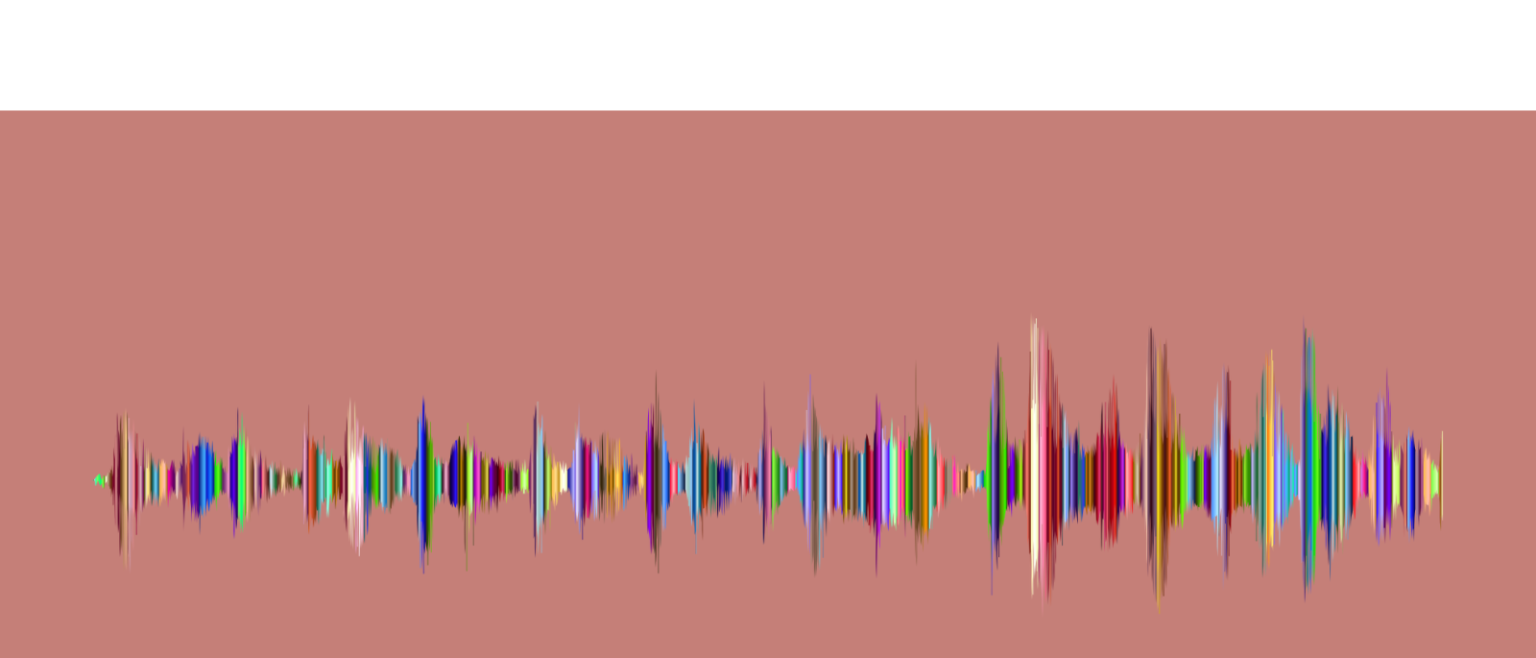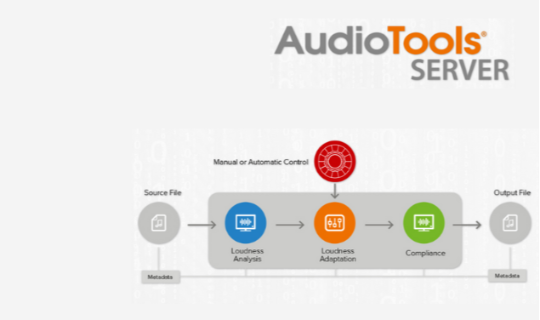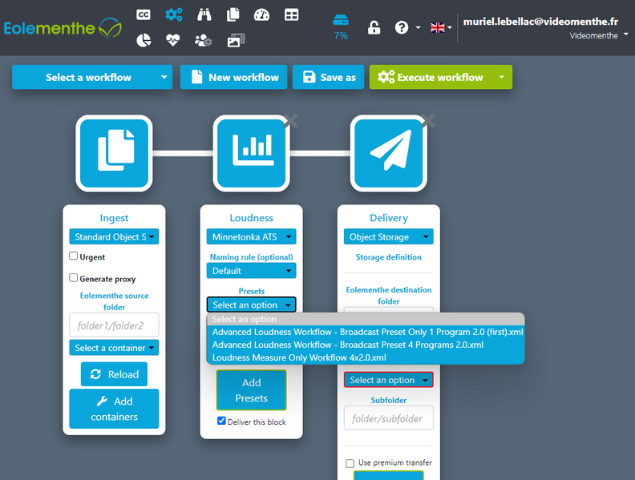IBC 2025 | Meet us in Amsterdam from 12 to15 september 2025

Our loudness solutions
Analyze and correct the audio levels of your content with our solutions!
R128 standard and latest recommendation r128s4
The R128 standard provides recommendations for measuring and controlling loudness levels in media production and broadcasting. The aim is to ensure consistency of loudness levels between different programs, channels and devices to provide a more enjoyable listening experience.
The recommendations are based on the LUFS measurement standard, which provides a more accurate measure of perceived loudness. To implement the R128 standard, sound engineers must use LUFS-compliant measurement tools to maintain a consistent loudness level throughout the program, typically around -23 LUFS for stereo programs.
The recommendations also include guidelines for maximum True Peak levels and Loudness Range (LRA). True Peak levels measure the highest level of a signal and should be kept below -1 dBTP to avoid distortion. LRA measures the difference between the loud and quiet parts of a program, and must be controlled to maintain a consistent listening experience.
At the start of November, the EBU released the latest supplement to their R128 specification, to solve sound level problems in cinematic content. R128 s4 requests that the "loudness-to-dialog ratio" of cinematic content be reduced to no greater than 5 LU.
Great news: AudioTools Server already includes everything you need to be R128 s4 compliant. With the ability to directly target the difference between the dialog loudness and the overall loudness, Advanced Loudness Adaptation is the perfect tool for delivering R128 s4-compliant audio.
Discover our solutions to help you apply these recommendations!
Audio Tools Server ATS
Enterprise' file workflow software: manage and process PCM, Dolby E, Dolby Digital and Dolby Digital Plus audio, as well as the audio essence present in MXF and QuickTime® clips.
Loudness in the cloud, with Eolementhe©
Manage R128 loudness in SaaS and PAYG mode, directly in Eolementhe, with dedicated workflows.
Loudness analysis and control is offered through the Minnetonka solution, renowned for audio file processing,
For finer adjustments of loudness and listening quality, we recommend using Minnetonka Audio Software's dialog normalization processing options.
Use Case: creation of broadcast ready files
with R128 loudness correction
Find out how regional channel, France 3 Nouvelle Aquitaine, uses the Eolementhe web platform to make its files ready-to-braodcast: transcoding, quality control with Baton® from Interra Systems, audio loudness (correction to R128 standard), collaborative file validation and delivery.




